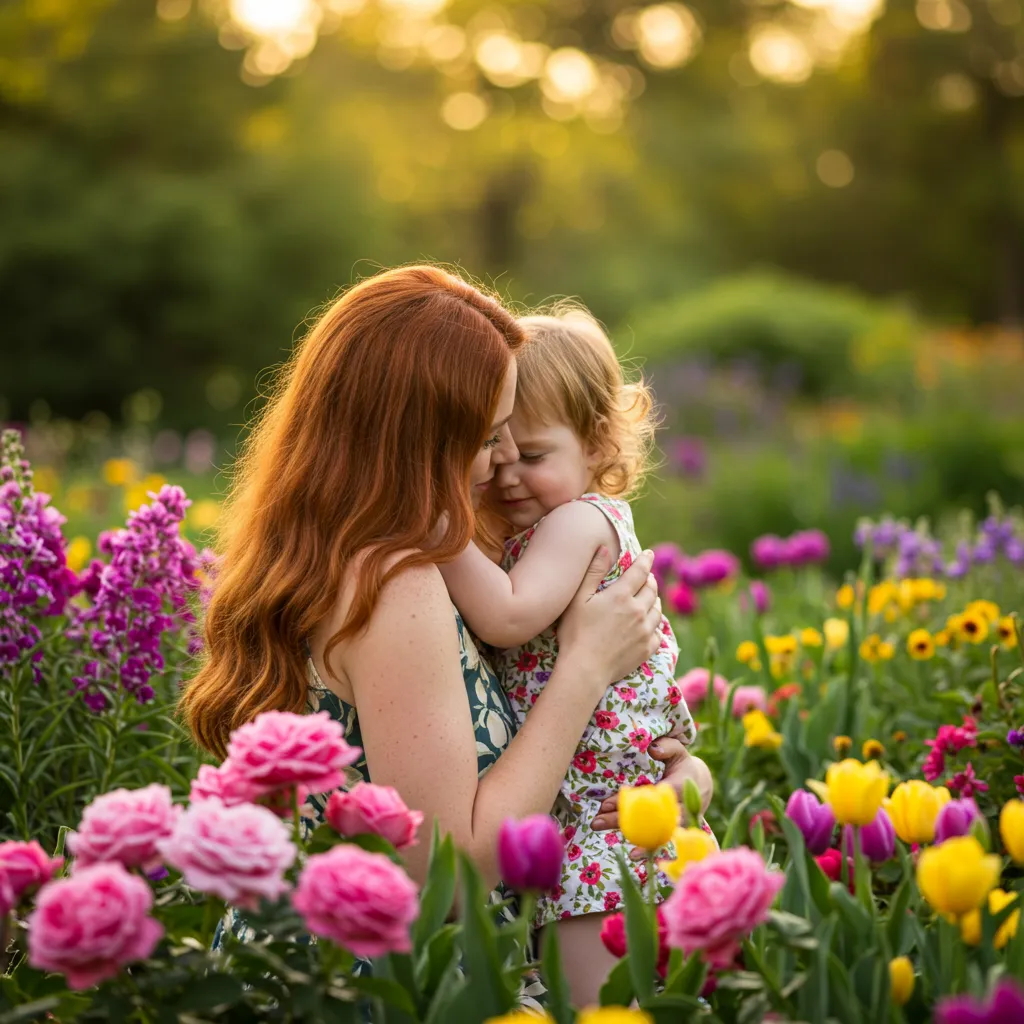Mother's Day, Guides, Holidays
Mother’s Day: A Celebration of Maternal Love – History, Origins, and Global Observances
Mother’s Day, a day dedicated to honoring mothers and celebrating motherhood, is observed annually in numerous countries around the world. While the specific date of observance varies, the sentiment remains universal: to express gratitude, love, and appreciation for the women who have nurtured and shaped our lives. This article delves into the fascinating history and origins of Mother’s Day, exploring its evolution from ancient traditions to modern celebrations.
Origins in Ancient Civilizations
The roots of Mother’s Day can be traced back to ancient civilizations that revered maternal figures. In ancient Greece, celebrations honored Rhea, the mother of the gods, during springtime festivals. Similarly, the ancient Romans celebrated the festival of Matronalia, dedicated to Juno, the goddess of motherhood, on March 1st. These early observances highlighted the significance of mothers in society and their vital role in nurturing future generations.
Early Christian Influences
In the early Christian tradition, a festival known as “Mothering Sunday” emerged in England during the 16th century. Celebrated on the fourth Sunday of Lent, it was a time when people would return to their “mother church” – the main church or cathedral in their vicinity. Over time, this custom evolved into a day for honoring mothers, with children presenting them with gifts and tokens of appreciation.
The Emergence of Modern Mother’s Day
The modern celebration of Mother’s Day, as it is known today, can be attributed to the efforts of two remarkable women in the United States: Ann Maria Reeves Jarvis and her daughter, Anna Jarvis.
Ann Maria Reeves Jarvis
A social activist and peace advocate, Ann Maria Reeves Jarvis organized “Mothers’ Day Work Clubs” in the mid-19th century. These clubs aimed to improve sanitation and health conditions in Appalachian communities and fostered a sense of unity among mothers. During the American Civil War, she called for “Mothers’ Friendship Day” to promote reconciliation between families on both sides of the conflict.
Anna Jarvis
Following her mother’s death in 1905, Anna Jarvis sought to establish a national holiday to honor mothers and their contributions to society. She believed that mothers often went unrecognized for their sacrifices and dedication. Through her tireless advocacy, she succeeded in persuading officials to recognize Mother’s Day as an official holiday.
The Establishment of a National Holiday
In 1914, President Woodrow Wilson signed a proclamation declaring the second Sunday in May as Mother’s Day 1 in the United States. This official recognition solidified the holiday’s place in American culture, and it quickly spread to other countries around the world.
Global Observances
While the second Sunday in May is the most widely recognized date for Mother’s Day, various countries celebrate the holiday on different days throughout the year. Some notable examples include:
- United Kingdom: Mothering Sunday, as mentioned earlier, is still observed on the fourth Sunday of Lent.
- Various Arab countries: Celebrated on March 21st, coinciding with the spring equinox.
- Thailand: Celebrated on August 12th, the birthday of Queen Sirikit, who is considered the mother of the nation.
- Ethiopia: The celebration of motherhood is part of a multi-day festival in the fall.
Despite the differences in dates and customs, the underlying sentiment of Mother’s Day remains consistent: to express love, gratitude, and appreciation for the invaluable role of mothers in our lives.
Modern Celebrations and Traditions
Today, Mother’s Day is celebrated in a variety of ways, reflecting the diverse cultures and traditions around the globe. Common practices include:
- Gift-giving: Children and adults alike present their mothers with gifts such as flowers, cards, jewelry, and other tokens of appreciation.
- Family gatherings: Families often gather for meals or other activities to celebrate and honor mothers.
- Expressions of gratitude: People take the time to express their love and appreciation for their mothers through heartfelt messages, phone calls, or visits.
- Honoring maternal figures: This day isn’t only to honor ones own mother. Aunts, grandmothers, or other important woman in one’s life, that hold a maternal roll, are often honored as well.
The Enduring Significance of Mother’s Day
Mother’s Day serves as a poignant reminder of the profound impact mothers have on our lives and the enduring power of maternal love. It is a day to recognize their sacrifices, celebrate their achievements, and express our heartfelt gratitude for their unwavering support.
In conclusion, Mother’s Day is a global celebration that transcends cultural boundaries, uniting people in their appreciation for the women who have shaped their lives. Its history and origins, rooted in ancient traditions and modern advocacy, underscore the timeless significance of motherhood. As we continue to celebrate this special day, let us remember to cherish the love, guidance, and unwavering support of our mothers, not just on Mother’s Day, but every day.
